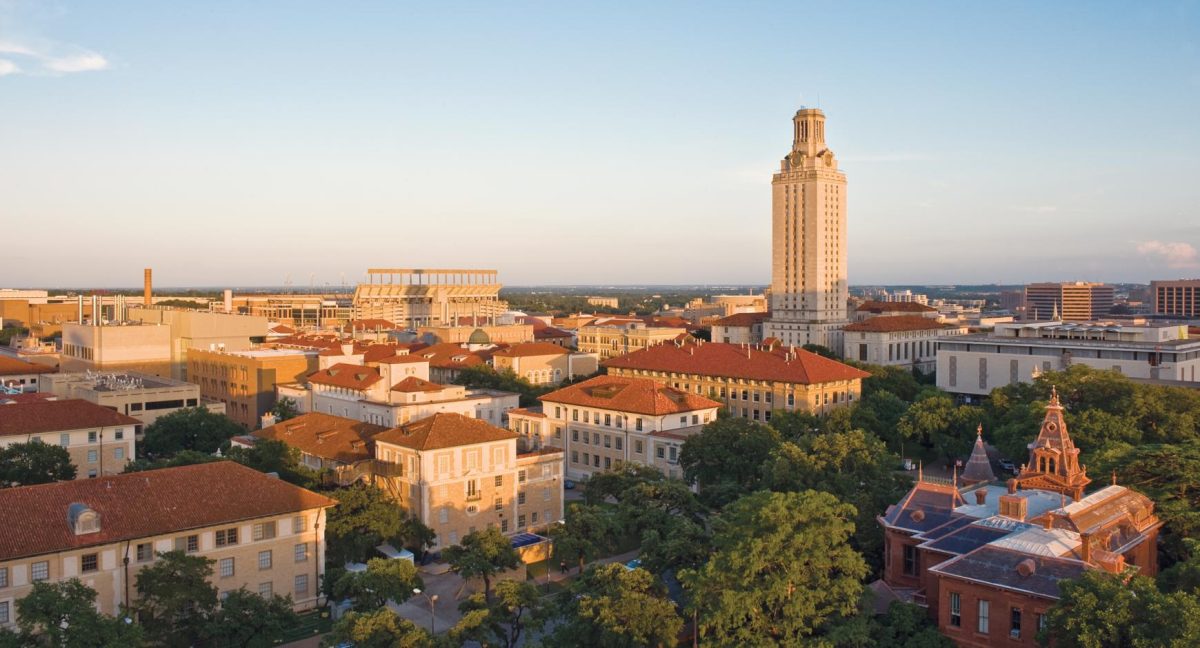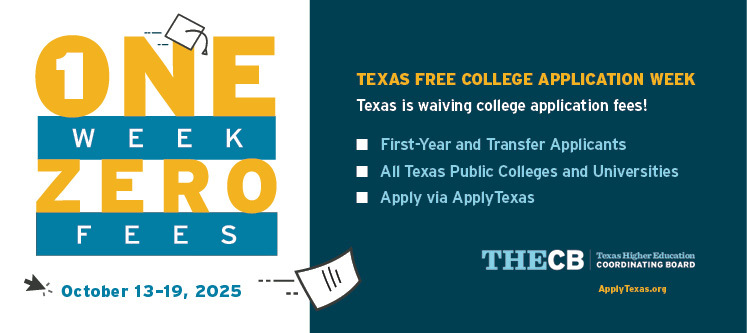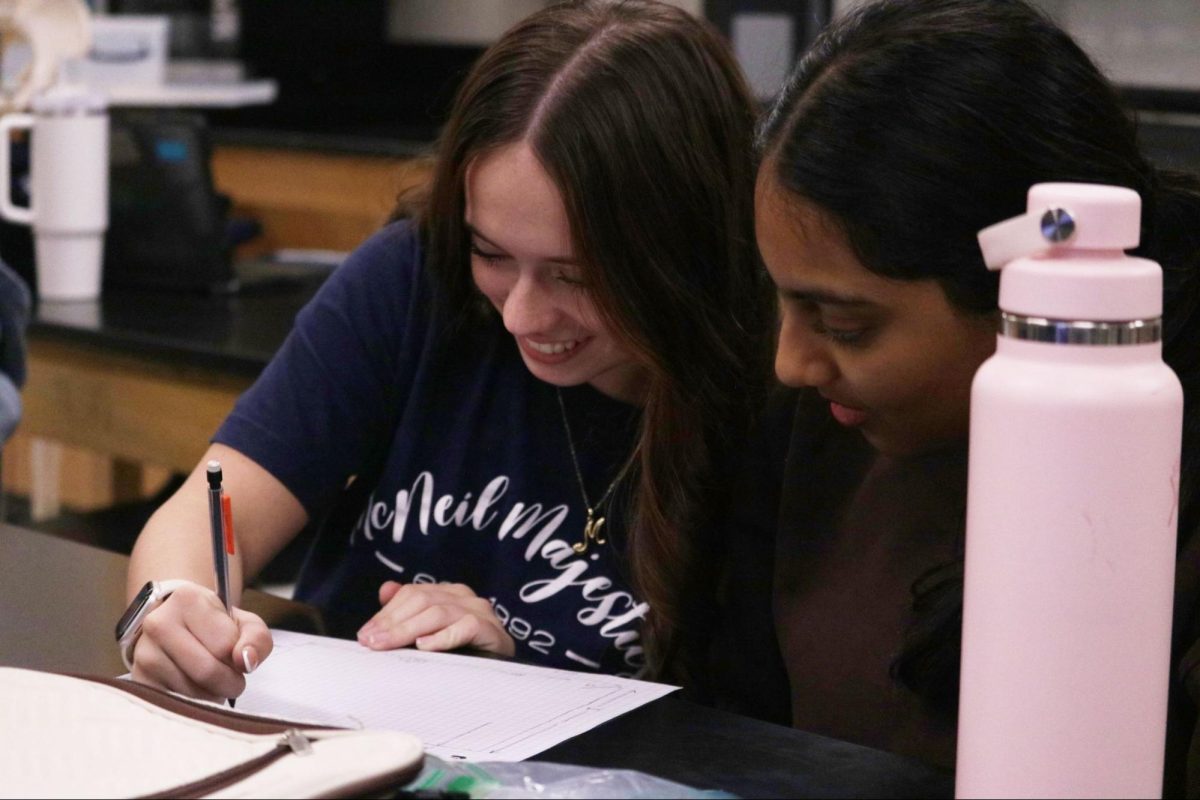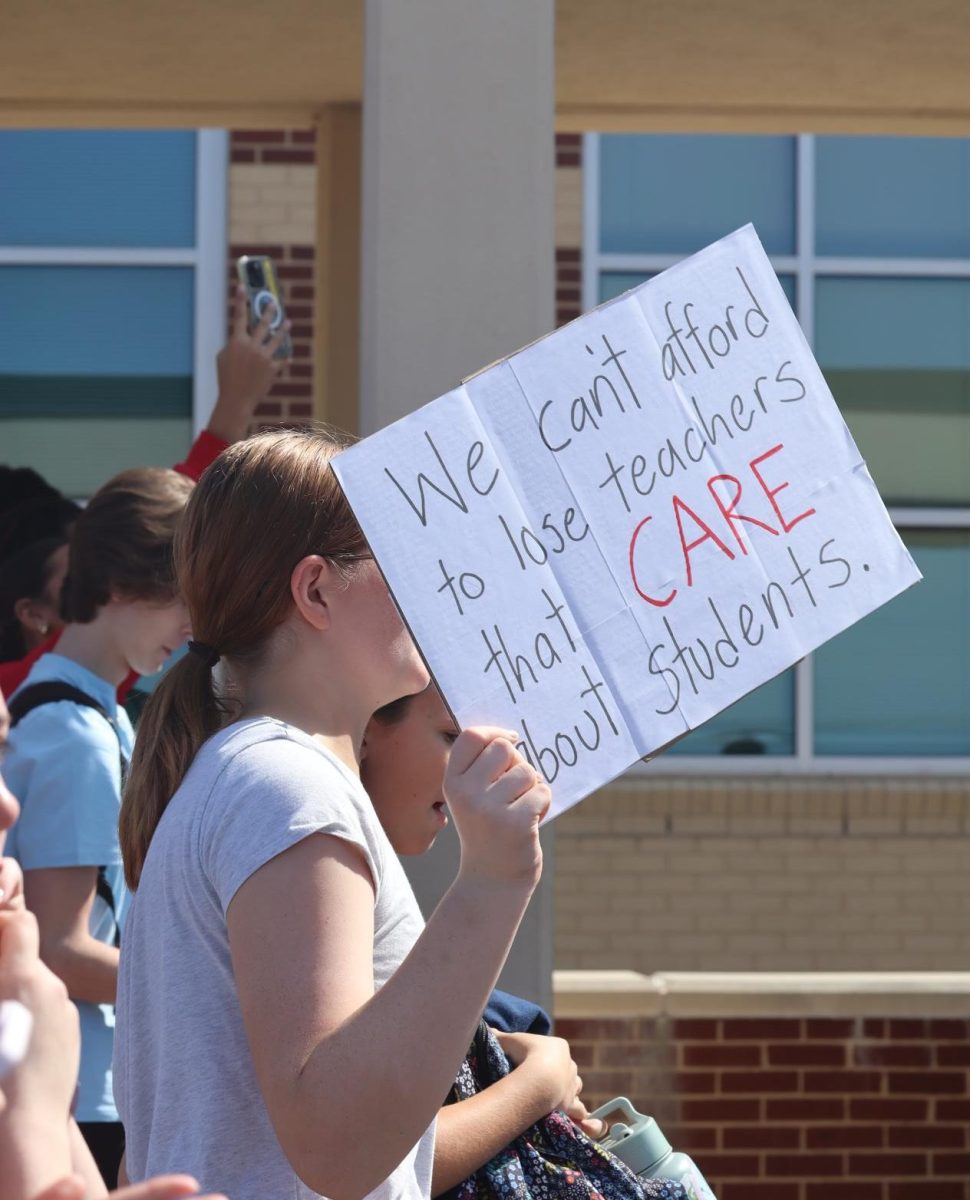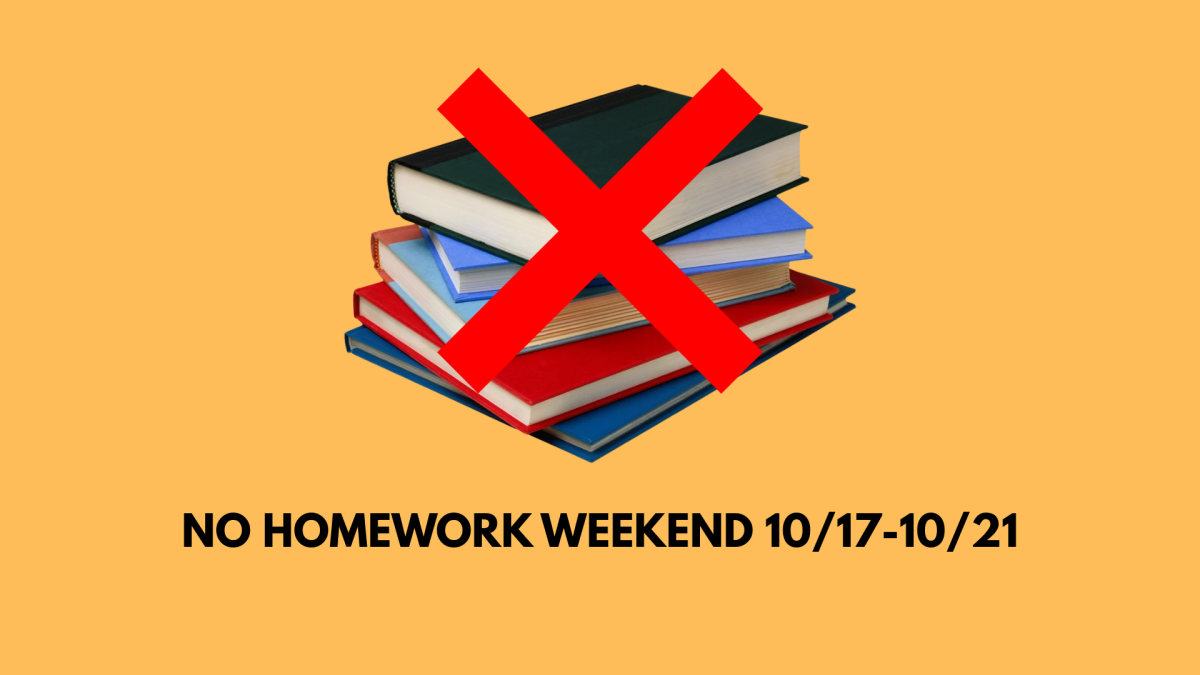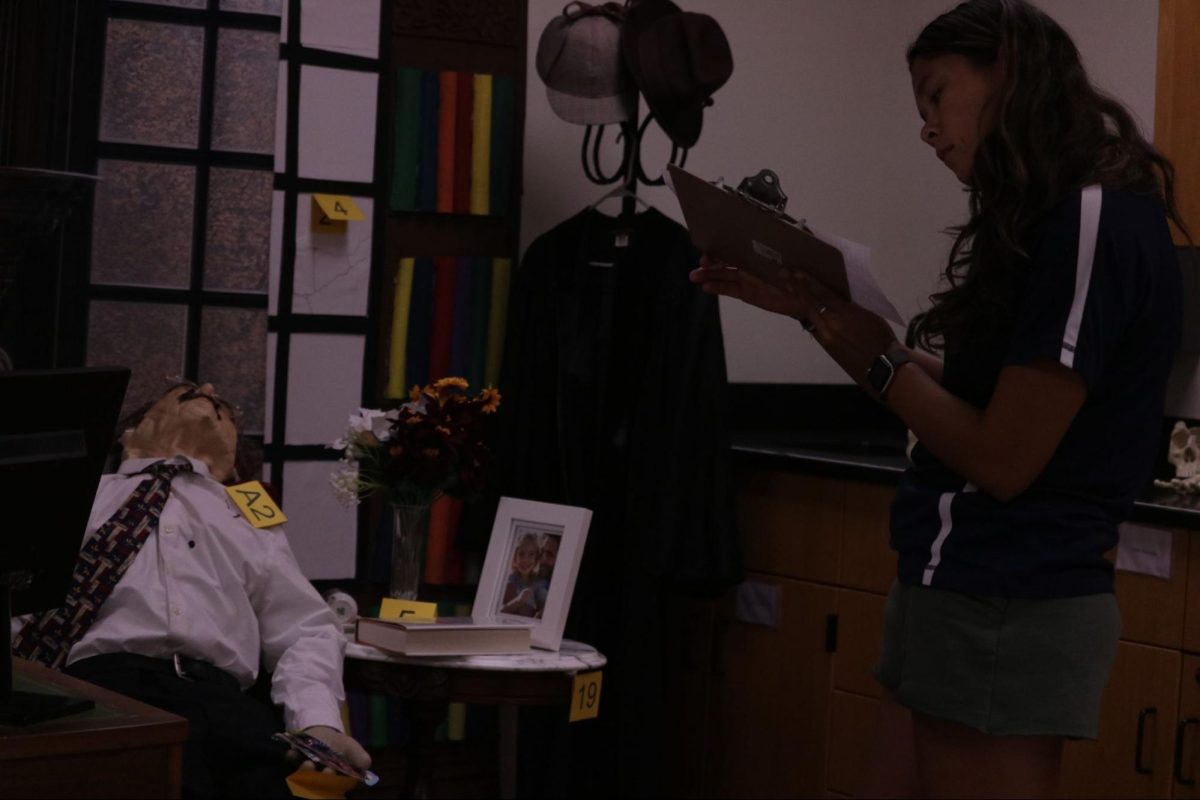Last Monday, Jay Hartzell, president of the University of Texas (UT) announced at a faculty council meeting that the university is lowering auto-admission rates from 6% to 5%. This will go into effect in the fall of 2026.
The reason for this change is due to record high applications to the university. In the most recent admissions cycle UT received 73,000 applications, the second time in the past two years it has seen a 10% increase.
“UT Austin is committed to continuing to provide world-class classroom and research experiences for our students, even while we are facing record demand,” a statement from the university said.
According to state law, UT has to automatically admit 75% of its freshman class from the state’s top high school students. The remaining 25% are accepted due to GPA, extracurriculars and college essays.
In 2011-12, the Texas legislature approved UT to set its own auto-admittance rate each year. The last time the rate was changed was in 2017, when it went from 7% to 6%.
The change is sure to cause mixed reactions among high school students who were already feeling that UT is difficult to get into.
“I don’t think it’s a good thing, these kids are just getting in because they are smart, while others who may not spend as much time on academics because of things like volunteer work and clubs aren’t able to have as much time to spend on studying,” junior Chris Mejia said. “It should be a balance of both having good grades and what you participate in during and outside of school that makes you a well-rounded person.”
The threshold for automatic admission rates has been steadily decreasing since 2009 when it was changed from 10% to 7%, causing students to question their academic standing.
“I don’t think it is right to change it while [the class of 2026] is in high school,” junior Noel Varghese said. “I do think there are some benefits, changing it to 5% increases academic motivation, however, the smaller the percentage gets it won’t stand out as a college because it will become more selective which means there is less diversity.”

